Top Banks in Oman
The banking system in Oman, a country in the middle east.
Oman is a country located in the middle east. Like many countries in the region, Oman’s economy is heavily centered on Oil despite diversifying efforts.
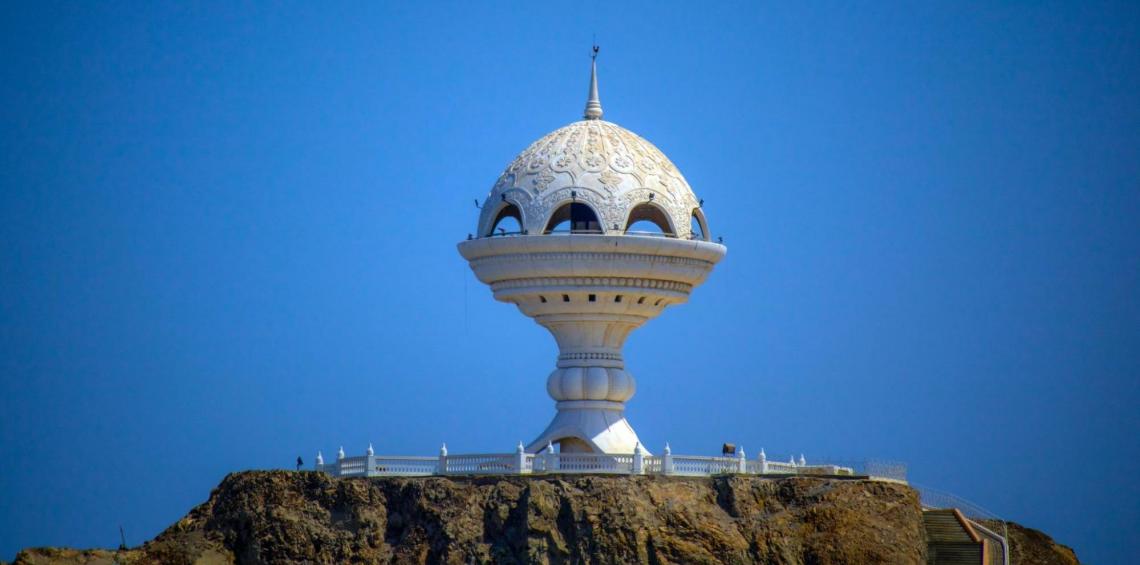
As of the end of 2019, According to the Central Bank of Oman’s annual report, the country has 7 Local banks, 9 foreign banks, 8 Islamic banks and windows, and two specialized banks.
As of October 2021, Moody’s has adjusted Omani Banks’ long-term deposit credit rating from negative to stable. This is because it believes there will be an improvement in the operating environment in the banks and the country.
Compared to other Gulf Cooperation Council (GCC), Oman’s banks are small in terms of asset value. The Central Bank of Oman (CBO) is the regulatory authority of Oman’s banking sector and is the only authority that can issue banknotes and coins in Oman.
Most Omani banks are public companies listed on the Muscat Stock Exchange and follow regulations passed by the CBO regarding financial filing, fees, Anti-Money Laundering laws, and investments. Overall, the banking industry in Oman is highly regulated.
Local Banks are the retail segment of the Omani banking industry, and most are diversified in other businesses like asset management and trade services. Below is a list of the largest and most famous commercial banks in Oman:
Top Banks in Oman: Commercial Banks
The commercial banking sector in Oman is divided into two subsectors: Conventional Banking and Islamic Banking. Each sub-sector has its regulations, and most banks operate in both subsectors.
Conventional banks are mature, profitable, and established in Oman, but Islamic banks are the fast-growing subsector of the industry. In 2020, Islamic financing grew by 9.5%, and the banks’ market share went from 13.6% in 2019 to 14.3% in 2020, as shown in the Fitch Ratings report.
As of December 2019, Oman had 7 local, 9 foreign, 2 specialized, and 8 Islamic Banks & windows. They operate 569 branches across the Sultanate and are concentrated around Muscat’s capital.
Like the economy, Omani Banks’ performance is correlated with global oil prices, as many banks’ lenders earn income from the oil industry. Consequently, the Central Bank of Oman has conservatively regulated the industry to soften any economic downturns.
Bank Muscat
The largest bank in Oman was established in 1981 and currently operates 146 offices across the country. In addition, Bank Muscat has an Islamic banking subsidiary, “Meethaq.”

Bank Muscat’s portfolio is the largest. It is as follows (as of December 2021):
- Bank Muscat assets: 13 Billion Omani Rials
- Bank Muscat equity: 2.15 Billion Omani Rials
- Bank Muscat profit: 190 million Omani Rials
- Market cap: 2.2 Billion Omani Rials
Bank Muscat offers many services that can be divided into four segments: transactional services, trade services, syndication, and other loan-related services, and advisory and asset management services. Transactional services are the biggest and most profitable.
As of October 2021, Meethaq is the Islamic banking window of Bank Muscat, with 24 branches across the Sultanate, a market share of 28.5%, and 100,000 customers.

The services provided by Islamic banks are sharia-compliant lending products (zero-interest products). It includes:
- Murabaha
- Musharaka
- Ijarah Muntahia Bittamaleek
- Wakala Bil Istithmar.
All of these products are offered by Meethaq and are described in great detail here.
Meethaq is a fast-growing segment of Bank Muscat as its profits increased by 23.1% in 2021, compared to its 2020 profit of RO 9.6 Million.
Financial metrics as of December 2021:
- Meethaq assets: 1.6 Billion Omani Rials
- Meethaq Equity: 197 million Omani Rials
- Meethaq Profit: 12 million Omani Rials.
Bank Dhofar
Bank Dhofar is the second largest bank by market value after Bank Muscat. It has a nationwide network of 71 branches, including its Islamic banking segment, “Maisarah.” The bank was established in 1990 and expanded through mergers and acquisitions.
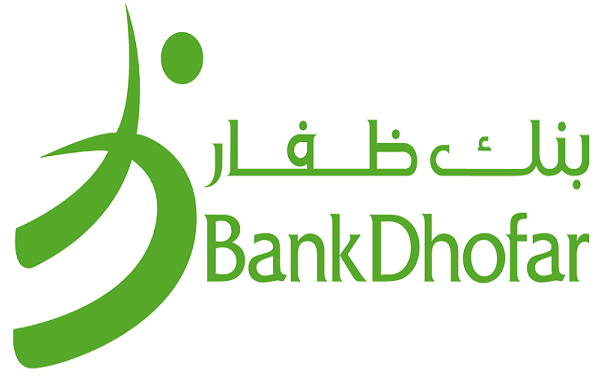
As of 31 December 2021, Bank Dhofar has reported the following:
- Assets: 4.21 Million Omani Rials
- Profit: 25.12 Million Omani Rials
- Equity: 698.5 Million Omani Rials
- Market cap: 450 Million Omani Rials
Maisarah, Bank Dhofar’s Islamic banking window is a fast-growing segment of the bank. The profits grew by 37.02%, and the assets value and equity showed significant growth from the end of 2020 until the end of 2021.
This Islamic window has two segments:
- Wholesale banking: Aimed at SMEs, large corporations, and the government.
- Retail banking: Aimed at the general population.
Services provided by Maisarah include
- Murabaha
- Ijara Muntahia Bittamleek
- Diminishing Musharaka
- Mudaraba
- Wakala
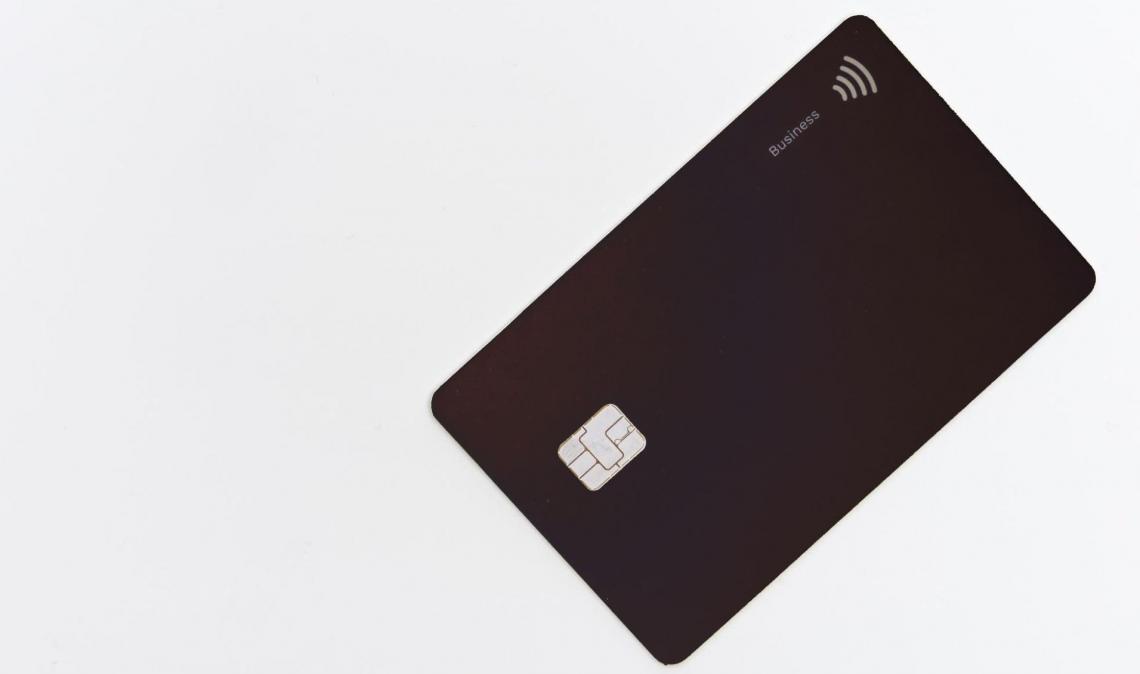
Islamic banks must donate all non-sharia-compliant income to charitable organizations. Maisarah donated RO 17,000 in 2021 and has RO 13,000 in its charity fund to be donated.
Bank Dhofar has also contributed to the Omani community by donating RO 500,000 to families affected by the ‘shaheen’ cyclone in 2021. In addition, it allocated RO 10 million as interest-free loans for affected customers and deferred loan installments for up to five months.
National Bank of Oman (NBO)
The National Bank of Oman (NBO) is the first incorporated bank in Oman. It was established in 1973 in services in conventional and Islamic banking. It operates in retail, corporate, investment, treasury, international, and Islamic banking.
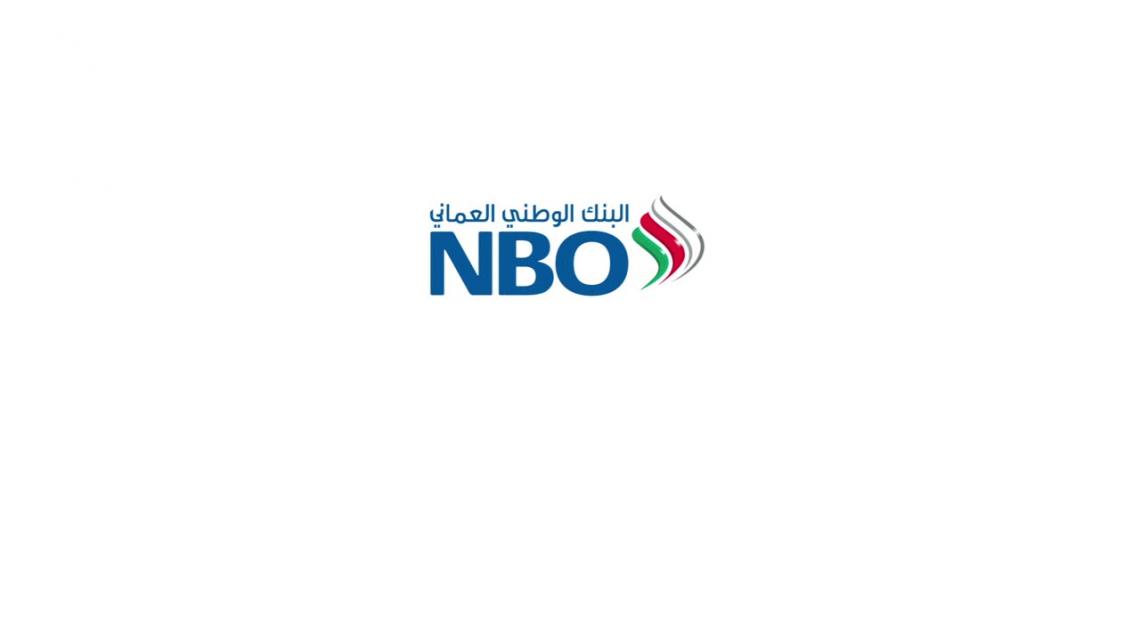
The portfolio of the bank consists
- Assets: 4 Billion Omani Rials
- Equity: 555 Million Omani Rials
- Profit: 30 Million Omani Rials
- Market Cap: 431 Million Omani Rials
NBO provides five types of services
- Transactional
- Trade income
- Account Services
- Underwriting & Syndication
- Investment banking
These services are provided across four segments :
- Retail Banking
- Wholesale Banking
- International Banking
- Islamic Banking
Transactional retail services earn the highest revenue.
WJ Towell & Co. and Bank of America were the bank’s initial principal shareholders. Currently, the commercial bank of Qatar holds 34.9 percent of the bank’s issued capital.
NBO is the only Omani bank licensed to operate in Dubai, giving it a competitive advantage over the other Omani Banks.

Al Muzn is the Islamic banking window of NBO. It is also a fast-growing segment of the bank, posting Net profit growth of 39% with a profit of RO 9.5 Million in 2021 and Diminishing Musharaka financing being its biggest asset category.
Muzn Banking offers many Islamic financing products, including
- Diminishing musharaka
- Murabaha
- Ijarah Muntahia bittamleek
- Forward Ijarah
- Service Ijarah,
Operating six branches and having 54 employees. It earned a profit of RO 2 million in 2021, which marks a 23% growth from the previous year. In addition, Muzn donated RO 11,694 from its non-Islamic income for the year 2021.
Oman Arab Bank
Oman Arab Bank (OAB) was established in 1984. In 1994, the bank merged with the Omani European bank. In 2020 OAB acquired Alizz Islamic banking (AIB), expanding its operations significantly and merging AIB with its existing Islamic banking window.
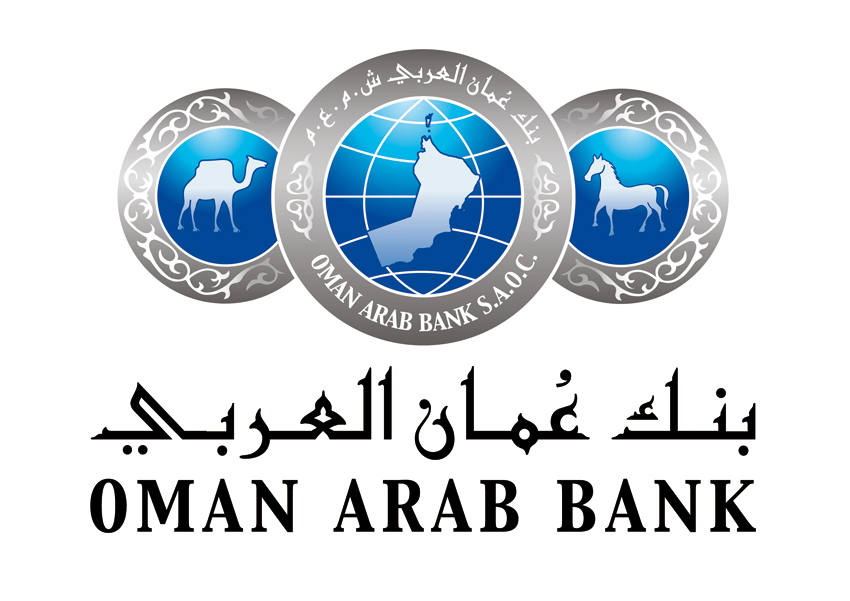
After the acquisition of AIB, Oman Arab Bank went public on the Muscat Securities Market (MSM), transforming from its closed capital structure.
The largest shareholders are Arab bank plc, with a %49 stake, and Oman International Development & Investment Company SAOG (OMINVEST), with a 31.63% stake in the bank.
OAB operates in corporate banking, retail banking, investment banking, trade finance, project finance, and Islamic banking:
- Assets: 3.4 Billion Omani Rials
- Equity: 524 Million Omani Rials
- Profit: 7.1 Million Omani Rials
- Market cap: 202 Million Omani Rials
Through OMINVEST, a big part of this bank is owned by the Al Zubair family. They have amassed a fortune in automotive and own companies in various industries. Through these businesses, they exert great influence on the economy of Oman.
HSBC Bank Oman
HSBC has been in Oman since 1948 and has become one of the largest banks in Oman. It was formed through a merger with Oman international bank. It has been the only bank in Oman for two decades. In 1970 HSBC even assisted in the first issue of the Omani currency.
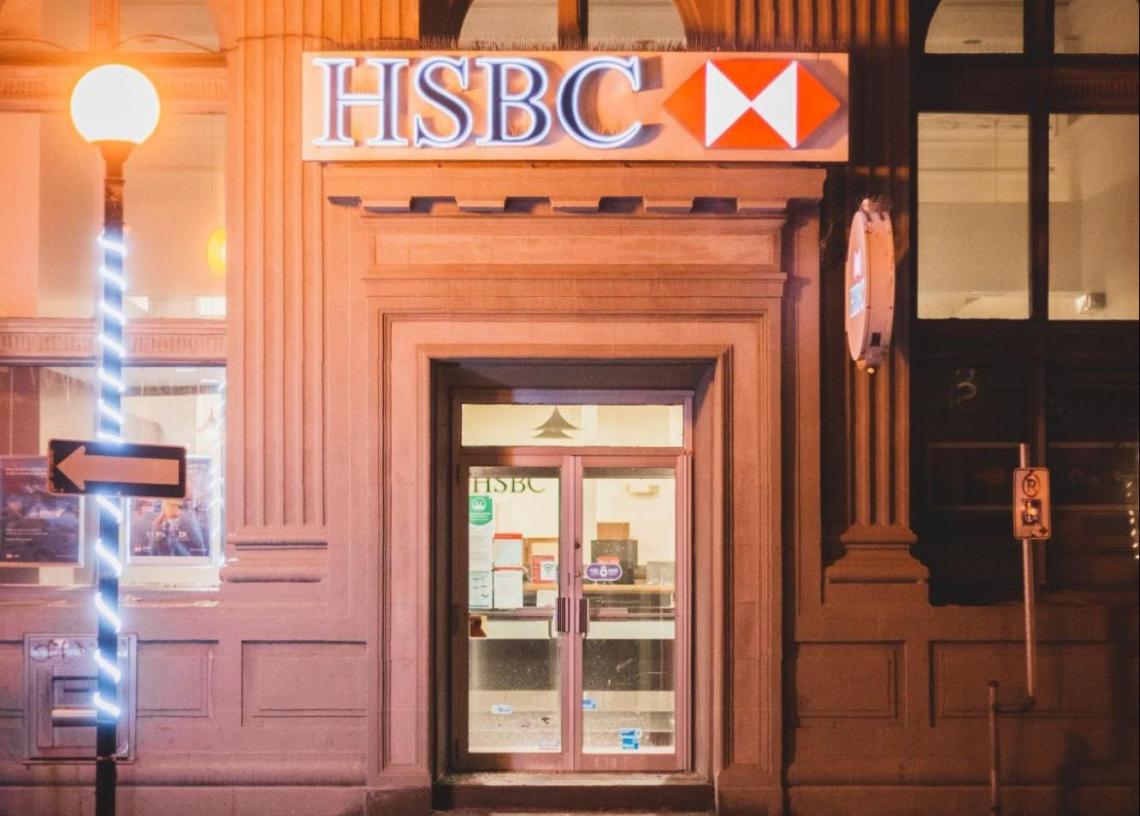
HSBC was also the first to offer an ATM in Oman, international ATM withdrawals, online banking, and commercial electronic banking.
- Assets: 2.4 Billion Omani Rials
- Equity: 349 Million Omani Rials
- Profit: 30 Million Omani Rials (2022)
- Market cap: 314 Million Omani Rials
HSBC is the largest international bank in Oman. It operates in more than 63 countries. It is the most convenient bank to initiate cross-border transactions because of worldwide recognition and lower fees for such transactions.
Al Izz Islamic banking
Al Izz Islamic bank was established in 2012. It was one of two pure independent Islamic banks in Oman until Oman Arab Bank (OAB) acquired it in 2020 and merged it with its existing Islamic banking window (al Yusr).
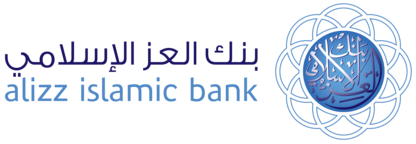
After the acquisition, Al Izz Islamic bank marked its first year of profitability in 2021 under OAB’s leadership. As of December 2021:
- Total assets: 974 Million Omani Rials
- Total equity: 105 Million Omani Rials
- Profit: 4.3 million Omani rials
- Market cap: (now included as a subsidiary in Oman Arab Bank).
Al Izz Islamic bank was founded by Sayyid Taimur bin Tariq Al Said in 2012, who is now the chairman of the Central bank in Oman as of August 2020. It was established after a royal decree permitting Islamic banks to operate independently or within existing banks.
The bank provides transactional services and halal financing services, including
- Wakala Bil Istithmar
- Murabaha
- Ijara Muntahia Bittamleek
- Diminishing Musharaka
And has forfeited RO 66,842 to philanthropic societies from its non-sharia-compliant income in 2021.
Oman’s Specialized banks
In addition to commercial banks, the government of Oman has established two specialized banks, namely Oman Housing Bank (OHB) and Oman Development Bank (ODB). These banks are owned and operated by the government with a specific goal.
Specialized banks were established following royal decrees by the Sultan and served as instruments to promote government policies, achieve economic diversity, and assist community development.
1. Oman Housing Bank (OHB)
The government of Oman has established OHB to support the growing housing industry in Oman. Its goal is to provide loans and other services to facilitate the building of houses for the citizens of Oman.

This bank targets low-income households who find it challenging to get approved for commercial loans and provides them with “soft loans,” low-interest loans with a long repayment period, making their mortgage payments more affordable than other alternatives.
OHB customizes its interest rates based on the customer’s salary. For instance, OHB charges 1% interest on loans issued to people who earn up to RO 400 a month, while they charge a 4% interest rate to customers who earn more than RO 1000 a month.
The bank’s shareholders are %100 Omanis through investment authorities and pension funds.
Since its establishment in 1977 until the end of 2021, the bank has provided around 48,900 with a value of more than 1 Billion Omani Rials.
As of the end of 2021:
- Total assets: 649.3 Million Omani Rials
- Profit: 19.4 Million Omani Rials
- Equity: 304.5 Million Omani Rials
2. Oman Development Bank (ODP)
The Government of Oman established the Oman Development Bank based on a royal decree mainly to support development projects in Oman. Loans are issued for projects in many industries, including Fisheries, Agriculture, Tourism, Education, etc.
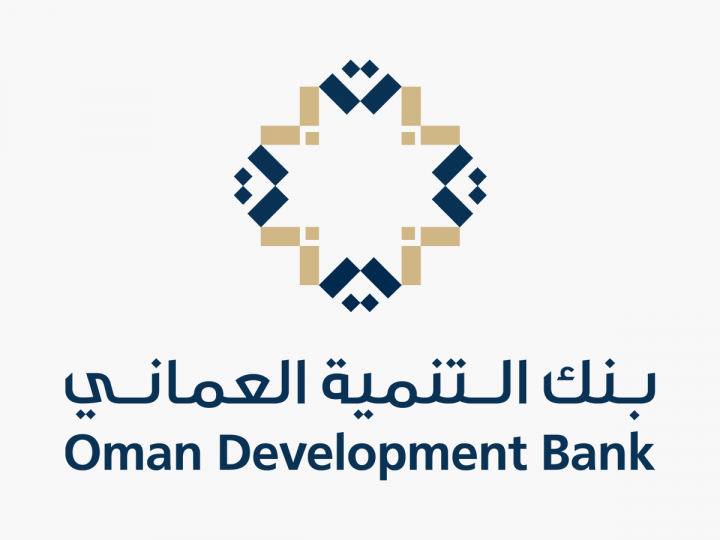
ODP invests in companies of all sizes, including Small and Medium Establishments (SMEs) and startups. The loans typically finance 50% of the project cost and have low-interest rates and long payment periods, which is ideal for small businesses.
As of December 2020
- Total assets: 203 Million Omani Rials
- Equity: 160 Million Omani Rials
- Loss: 4 Million Omani Rials




or Want to Sign up with your social account?